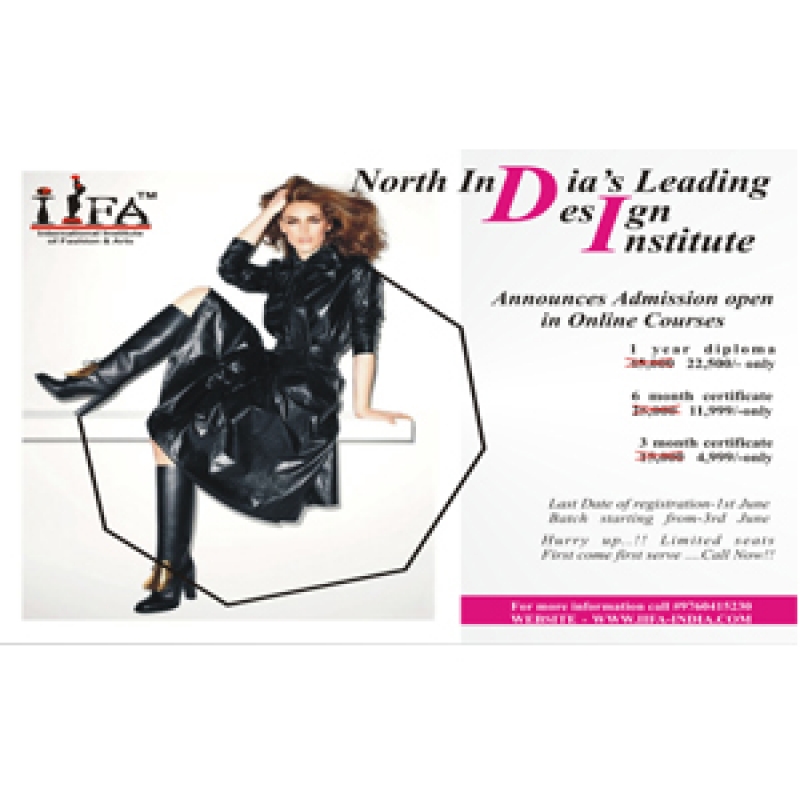What Does It Mean to "Design" Knowledge?
Designing knowledge refers to the intentional process of crafting knowledge systems—curricula, databases, learning environments, reports, or even user interfaces—that allow people to absorb, engage with, and apply information effectively. It combines elements of instructional design, information architecture, cognitive science, and communication strategy.
The goal isn’t just to transfer knowledge, but to transform it into formats that foster understanding, inspire curiosity, and support real-world problem solving.
Why Designing Knowledge Matters
1. Combating Information Overload
In today’s digital environment, people are bombarded with data. Without structure or prioritization, this data becomes noise. Thoughtfully designed knowledge helps filter and focus attention on what truly matters, reducing cognitive fatigue and enhancing clarity.
2. Improving Learning and Retention
Educational systems benefit greatly from knowledge design. Structuring information based on how people learn—using visual aids, analogies, modular content, and spaced repetition—makes learning more engaging and effective. Well-designed knowledge also respects diverse learning styles and accessibility needs.
3. Facilitating Better Decision-Making
Professionals in every industry rely on timely, relevant knowledge to make decisions. Whether it's a doctor interpreting medical data or a policymaker evaluating options, the design of knowledge systems—dashboards, reports, models—can dramatically influence outcomes.
4. Driving Innovation
Knowledge design supports innovation by enabling knowledge sharing and synthesis. When people can easily access and connect ideas across domains, they’re more likely to develop novel solutions. Innovation hubs, research platforms, and collaborative tools all depend on smart knowledge design.
5. Empowering Individuals and Communities
Designing knowledge also has a social dimension. It can empower marginalized groups by making critical information—like legal rights, health practices, or financial literacy—accessible and culturally relevant. This democratization of knowledge strengthens equity and participation.
Principles of Effective Knowledge Design
To design knowledge well, one must follow certain guiding principles:
-
Clarity: Avoid jargon; use plain language when possible.
-
Structure: Organize content logically with clear hierarchies and pathways.
-
Context: Present knowledge in ways that relate to users’ real-life needs.
-
Interactivity: Engage users through questions, feedback loops, or simulations.
-
Adaptability: Allow knowledge to evolve based on new insights and user feedback.
Conclusion
Designing knowledge is not a luxury—it’s a necessity. In a world where the pace of change challenges our ability to keep up, how we design, deliver, and share knowledge defines our capacity to learn, adapt, and thrive. It is a foundational skill for educators, leaders, technologists, and communicators alike. As we face increasingly complex global challenges, the intentional design of knowledge will be a key driver of sustainable progress.



















Your Message